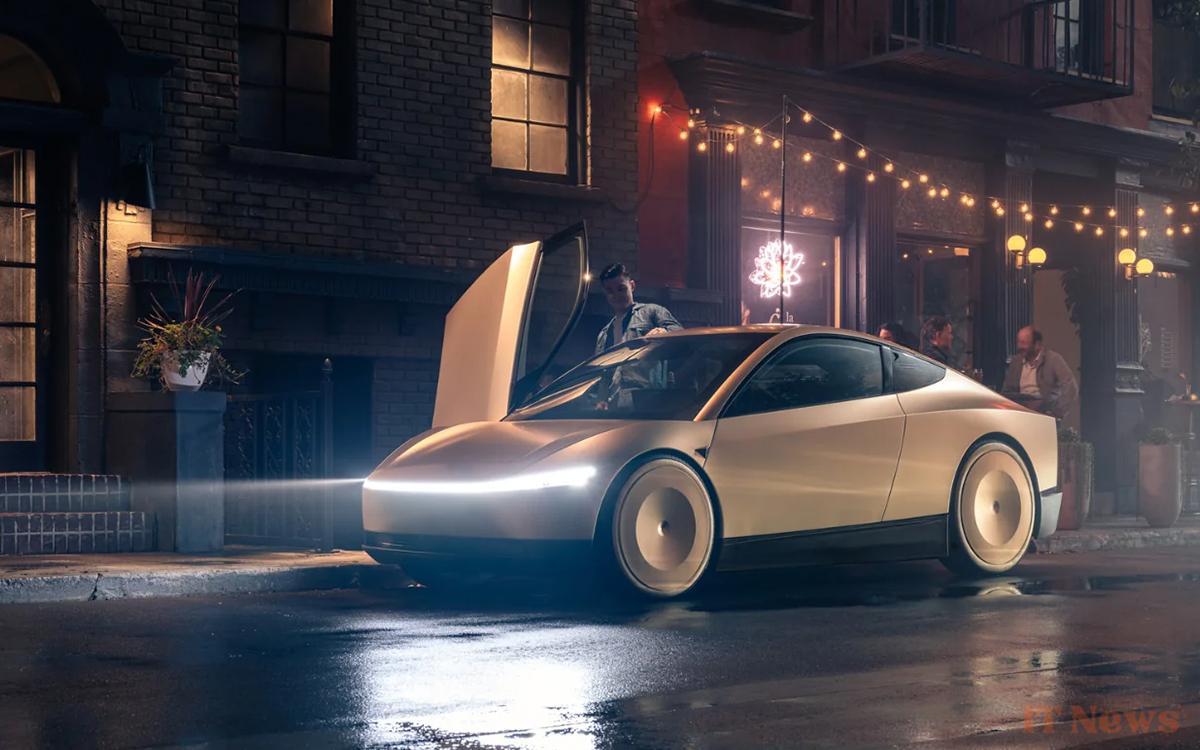According to the former head of Waymo, which offers autonomous taxis, Elon Musk would be able to make people believe that Tesla's Cybercab works when it doesn't. The billionaire has already done this with another of his products.
Driverless taxis are not science fiction. Several American states already allow their circulation, even if the vehicles still have room for improvement. Logically, Tesla, the spearhead of autonomous driving, is working on its own model called Cybercab.
Since it has been in development for so long, we were starting to think it was a pipe dream, especially when its demonstrations were postponed. But finally, after their release was postponed to 2026, we should finally see Cybercabs arrive in June of this year in the Texas city of Austin.
The question is whether they are ready. For John Krafick, former head of Waymo, a company that manages active robotaxis, the answer is more complex than it seems at first glance. In an interview published in the German media Manager Magazine, he hints at something worrying.
According to an expert, Elon Musk could make people believe that his robotaxis are operational
Already, the man does not hide his incomprehension about the design of the Cybercab, explaining that “if a company seriously wanted to develop a safe robotaxi, it would look nothing like this prototype”, referring to the one you can see in the illustration of this article.
He points out what Tesla seems to be ignoring when it comes to aspects essential to the car's safety: “the manufacturer would place sensors in optimal locations: on the roof, as well as on the sides and corners of the vehicle. These sensors would also have cleaning and drying functions: windshield wipers, compressed air nozzles, etc.”. Not to mention the choice of a “design [that] makes entry and exit[into the vehicle] difficult” and the presence of only 2 seats.
Read also – Tesla’s robotaxis will be able to clean themselves, everything is explained in this patent
According to John Krafick, Tesla would do well to completely revise its copy, and therefore cancel the launch planned for this summer. However, not only would the manufacturer not do this, but it would go further by making people believe that the Cybercabs are completely functional. “There are many ways to simulate a robotaxi service,” he says. For example, by controlling robotaxis remotely without telling them, using a car as a beacon followed by the others, or by delimiting an extremely small operating area to minimize the risk of malfunctions and giving the game away. Could Elon Musk be capable of this? He's already done it with the Optimus robot. This wouldn't be the first time Elon Musk has tried to deceive the world. Remember: during the first demonstration of the autonomous robot in 2021, everyone raised an eyebrow when a human in a (bad) Optimus costume appeared on stage. Funny at the time. In 2024, Musk showed the machine capable of folding a t-shirt on its own. Except that in reality, there was an operator controlling it out of the camera's field of view.
Read also – Even Elon Musk gets confused about the real price of the Cybercab, Tesla's "affordable" robotaxi
The same thing happened later in the year when Optimus served drinks by pretending to be the bartender of the future. In these cases, the deception has no consequences for the humans around. However, it's not at all the same with robotaxis. They can sometimes cause accidents when they're supposed to be running smoothly.
Source: Manager Magazine




0 Comments